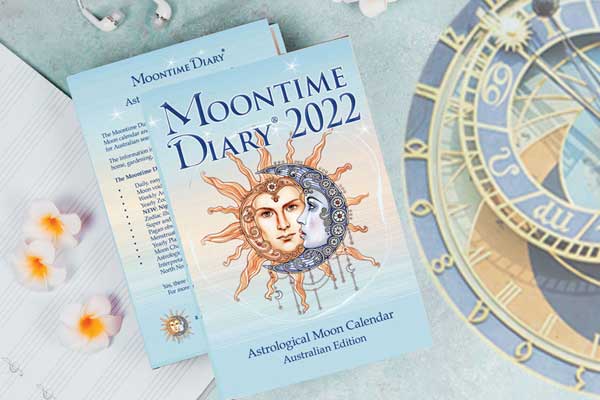Interesting slices of life, from the effect of bad dreams to the psychology of fake news.
Music’s universal language
Harvard researchers have found that music has qualities that transcend cultures. For instance, all cultures make music. Across cultures there are certain similarities such as the fact that dance music is fast and rhythmic whereas lullabies are soft and slow. Music from all cultures also shows tonality, that is the building of small subsets of notes from a base note as in the Western diatonic scale. Globally, healing songs tend to use fewer notes that are more closely spaced. Love songs, by contrast, tend to use more notes with wider spacing. Researchers from the University of Vienna believe that human musicality is based in our biology. It would seem that music has qualities that tap into some deep commonalities of human thinking. At a time when the differences between cultures are being highlighted, the transcendent nature of music may be a point of unification.
Source: Science
Déjà vu bias
You’ve had the feeling where you feel like you’ve been in a situation before. We call it “déjà vu”, and along with that feeling there is often a sense of “I knew what was going to happen next”. To investigate this phenomenon, researchers had subjects take part in a video game, and when they felt they were having a déjà vu moment they were asked to predict whether they would next turn left or right. People strongly believed they had correctly predicted what would happen next when experiencing déjà vu. However, people actually were not any more likely than at a chance rate to predict what would happen next. This mistaken feeling is called “postdictive bias” and probably happens because the déjà vu moment feels so familiar as you go through it that in hindsight you feel you knew how it was going to pan out all along.
Source: Psychonomic Bulletin and Review
Fake news, fake morality
“Fake news” refers to news or stories that are deliberately created to misinform or deceive readers. Researchers have found that people are not likely to share a story that they perceive as fake news. However, in the study the more times subjects saw the story, the more likely they were to share it and “like” it. Interestingly, the increasing likelihood of sharing a story did not correlate to any increase in perceiving the story to be accurate. For some reason, people feel more comfortable sharing news they know to be fake when they have seen it before. Somehow, people give information they know to be false a moral pass when it is repeated, even if they don’t believe it. It might tie in to the fact that people will excuse a blatant lie if they imagine how it could have been true had the past been different. Morality can be disturbingly elastic.
Source: Psychological Science
Dreams and your fears
To study the effect of bad dreams, researchers used EEG electrodes to monitor brain activity in people as they slept and periodically woke them to ask whether they had been dreaming and what they had dreamed about. In another series of experiments, they had subjects keep a dream diary and then showed them emotionally negative images. The results showed that the brain’s insula and the cingulate cortex were activated during bad dreams. When subjects were awake, however, the researchers found less activity in parts of the brain (insula, cingulate cortex and amygdala) involved in managing emotions when viewing negative images. It all adds up to the conclusion that bad dreams help the brain react more efficiently to frightening situations and assist in dealing with your fears. Dreams, among other things, function as safe training for future reactions and are a potential preparation for real life.
Source: Human Brain Mapping
Did you know?
Superbugs in your make-up bag
Researchers from Aston University in Birmingham, England, have found that many products in make-up bags are contaminated with bacteria such as E. coli and staphylococci. The worst offenders are “beauty blenders”, sponges used to apply foundation. Ninety-three per cent of these beauty blenders tested had never been cleaned, despite 64 per cent having been dropped on the floor, and these had the highest levels of contamination with potentially harmful bacteria.
Source: Journal of Applied Microbiology











